The Sahara Desert is the largest hot desert in the world, stretching across 11 countries and covering nearly all of North Africa. Its scale is hard to grasp until you’re standing in it – endless dunes, starlit nights, and silence so deep it feels otherworldly. But visiting the Sahara isn’t like booking a weekend city break. It takes some preparation, smart timing, and a clear idea of where to go. The payoff is worth it: few landscapes leave as lasting an impression. So let's get right into it.

Where to start your journey?
Most travelers experience the Sahara from Morocco, Tunisia, or Egypt.
These countries are well set up for visitors and have tour operators who can take you safely into the desert. Morocco is especially popular, with Marrakech and Fes as common starting points for trips to the dunes of Merzouga or Zagora.
Tunisia offers the gateway town of Douz, while Egypt gives you access to the Western Desert and oases like Siwa.
In Algeria, Mauritania, and Niger, the Sahara is even more remote, but political and safety concerns mean these are usually reserved for more experienced or guided expeditions.
Best time to go
The desert can be punishing in the wrong season. October to April is the best time to travel to the Sahara Desert, with cooler temperatures that make exploring bearable.
Daytime still gets warm, but nights can be surprisingly cold, so layers are essential. The summer months are brutally hot, with daytime temperatures soaring past 45°C (113°F), and travel is uncomfortable at best, dangerous at worst.
How to explore
You’ll hear plenty of stories about riding camels across the dunes, and that’s still a classic way to experience the Sahara.
Many tours involve a short camel trek to a desert camp, where you’ll sleep in tents, eat traditional meals, and listen to Berber music by a fire under the stars.
For longer journeys, 4x4 vehicles are the norm, letting you cover more ground and reach remote oases.
If you’re the adventurous type, multi-day treks on foot or with camels are possible, but these require guides and serious preparation. The Sahara isn’t a place to test your solo survival skills.
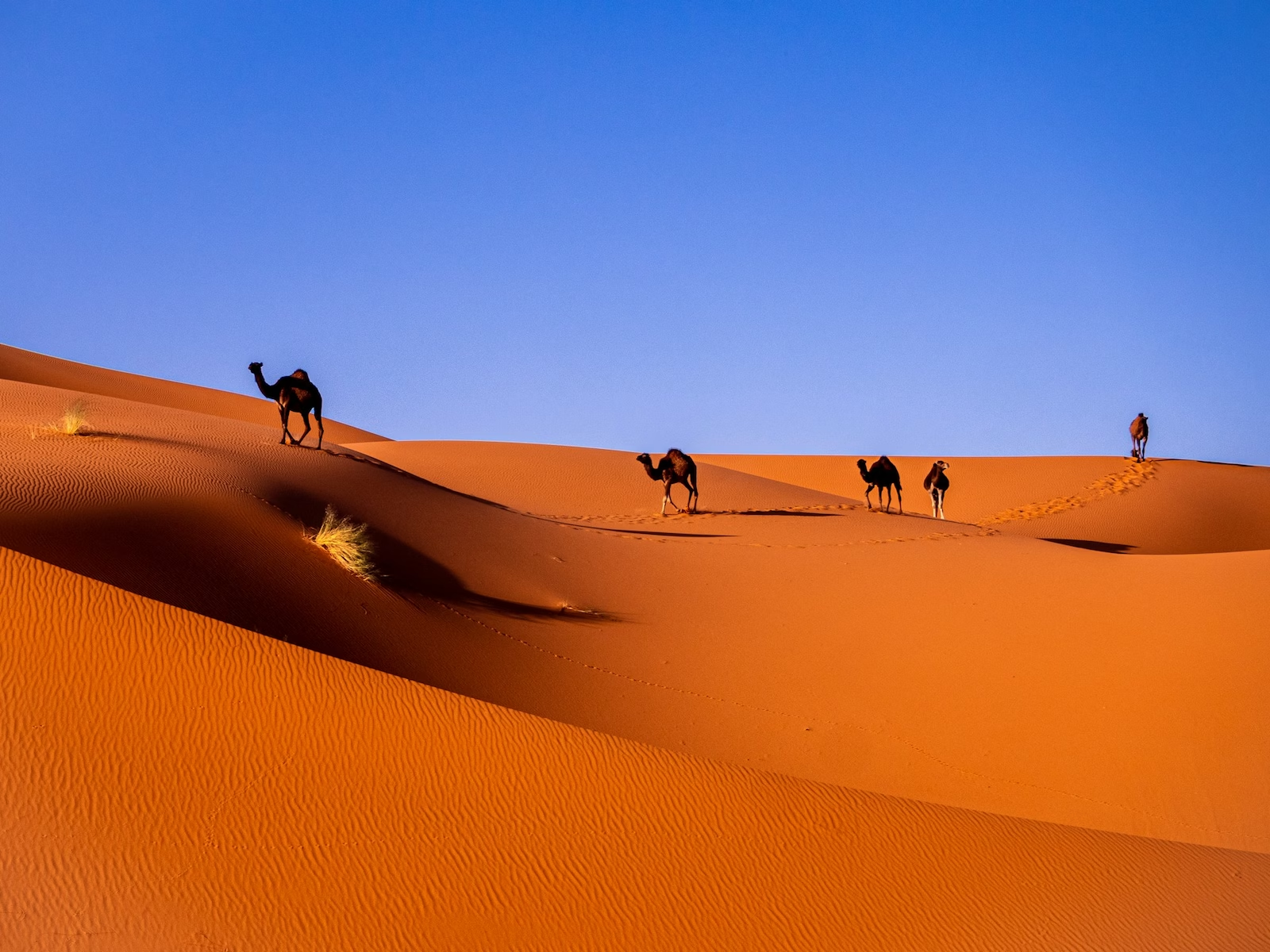
What you’ll see
The desert isn’t just endless sand dunes – though the high golden waves of Erg Chebbi in Morocco or the Grand Erg Oriental in Tunisia are breathtaking.
There are also rocky plateaus, dried riverbeds, ancient rock carvings, and hidden palm-filled oases. Towns on the edges of the Sahara often have markets where you can see how desert communities live, selling everything from dates to woven carpets.
The night sky is another highlight. With no light pollution, the stars look impossibly bright, and many tours include stargazing as part of the experience.
Costs and budgeting
How much does travel to the Sahara Desert cost? That depends on your route and style.
A short overnight trip from Marrakech to the dunes of Zagora can cost under $100, while a three-day tour to Merzouga with camel rides, meals, and camp accommodation might be around $150–$250.
Luxury desert camps with private tents, air-conditioning, and gourmet meals can push costs far higher.
Independent travel is possible in places like Tunisia, where you can catch local transport to towns like Douz and hire guides from there. But in most cases, booking a tour is the most practical and safe option.
Can anyone travel to the Sahara?
Yes, anyone can travel to the Sahara Desert, but it’s not a trip to take lightly.
Conditions can be extreme, and infrastructure is limited once you leave the towns on the edges. Families, solo travelers, and groups all visit regularly, but it’s important to go with guides who know the terrain and to respect local safety advice.
The desert is as harsh as it is beautiful, and that balance is what makes it so unforgettable.

Packing smart
Pack light, but don’t skimp on essentials. Sunglasses, a wide-brimmed hat, sunscreen, and breathable clothing are non-negotiable during the day.
At night, temperatures drop sharply, so bring warm layers. A scarf or head covering is also useful, both for sun protection and to shield against blowing sand.
Water is precious in the desert, but your guides will always provide what’s needed.

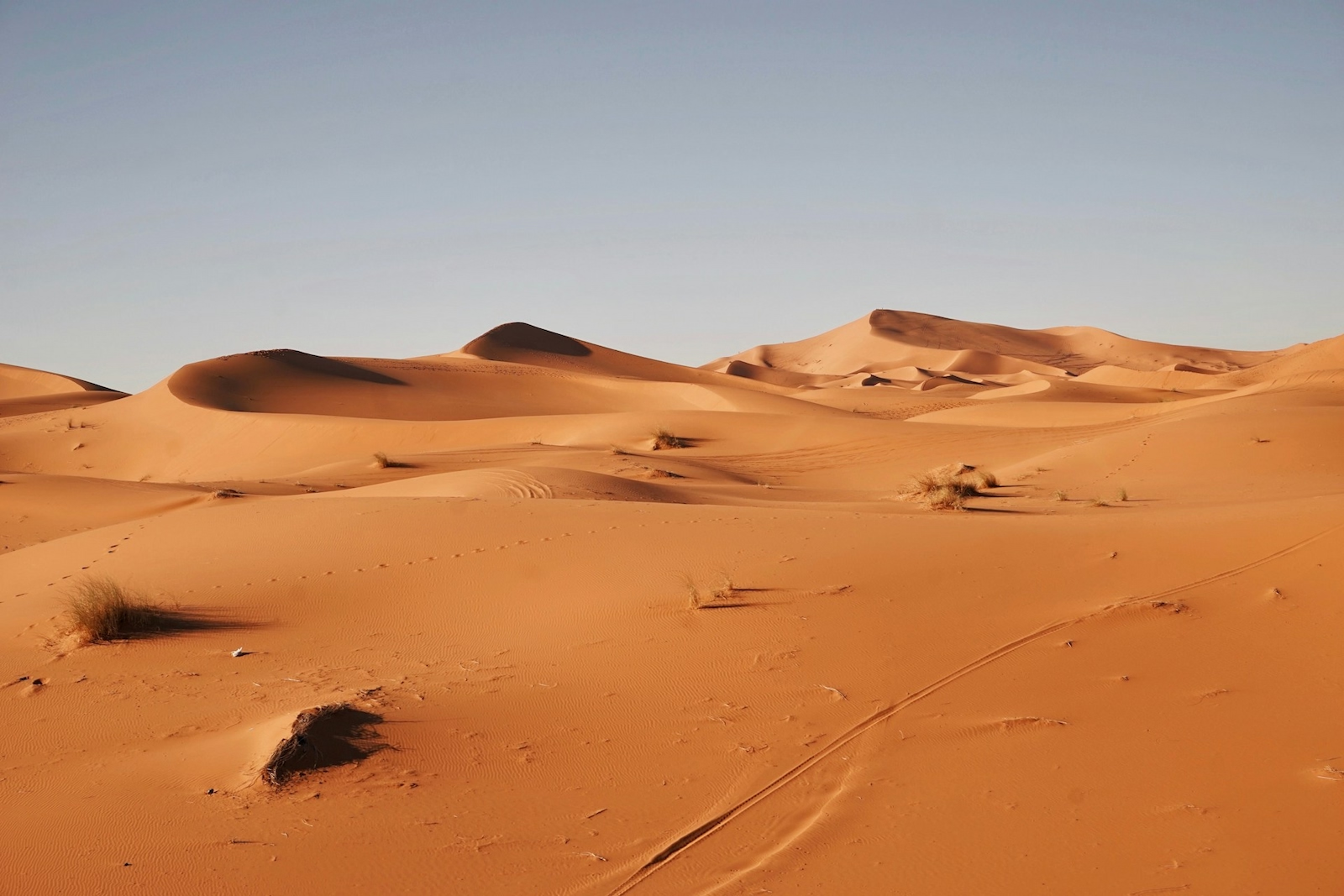




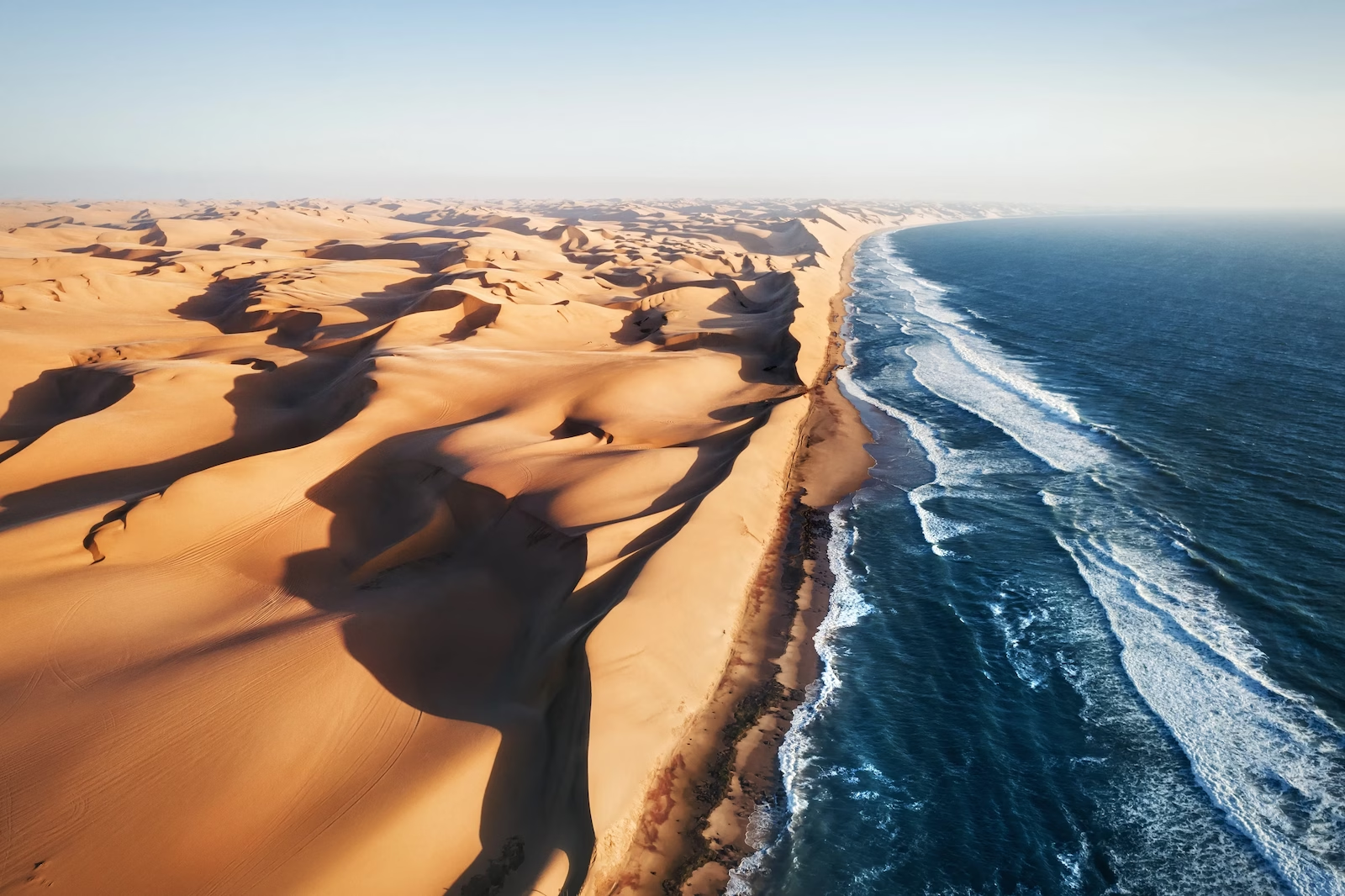
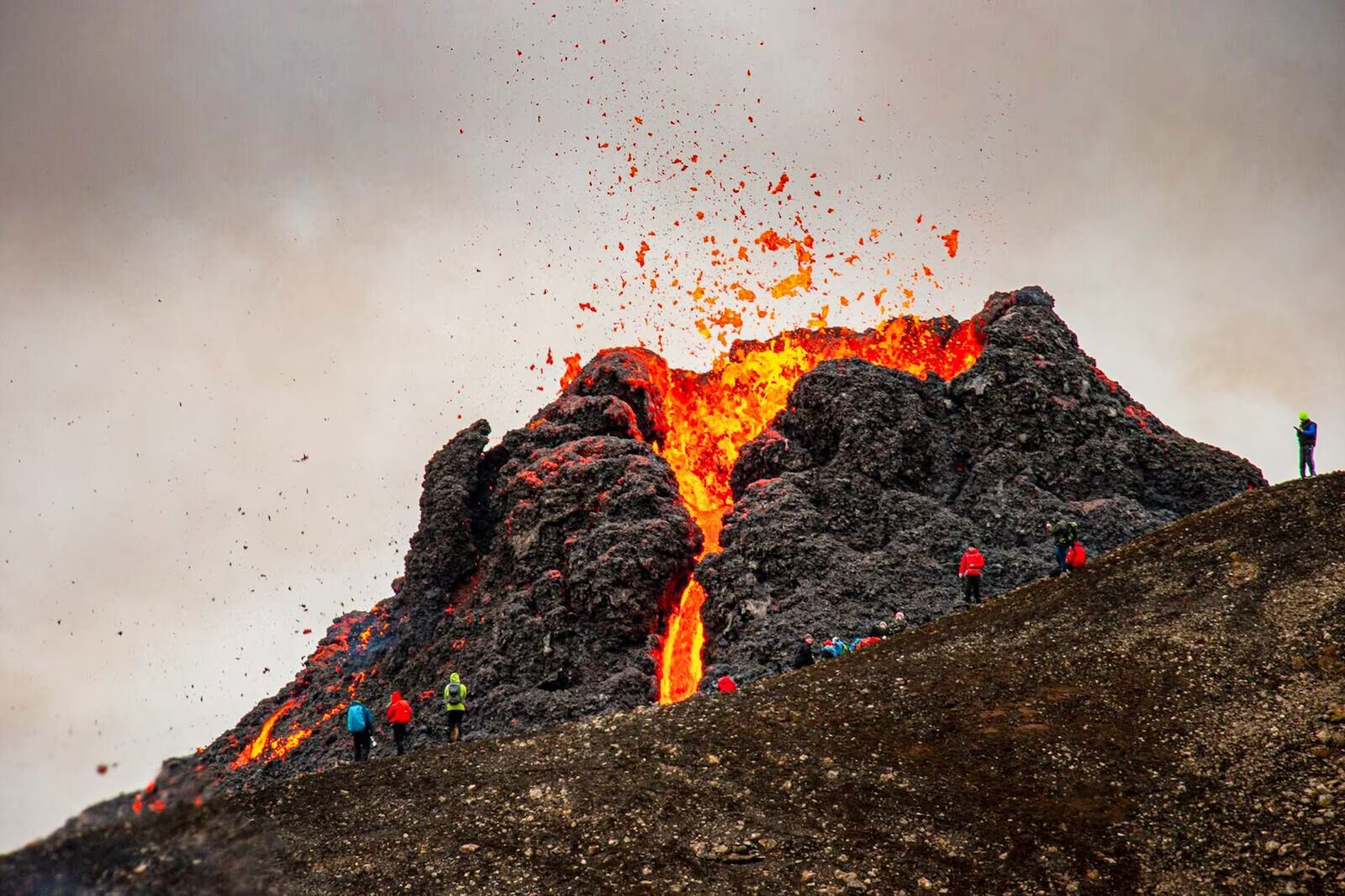




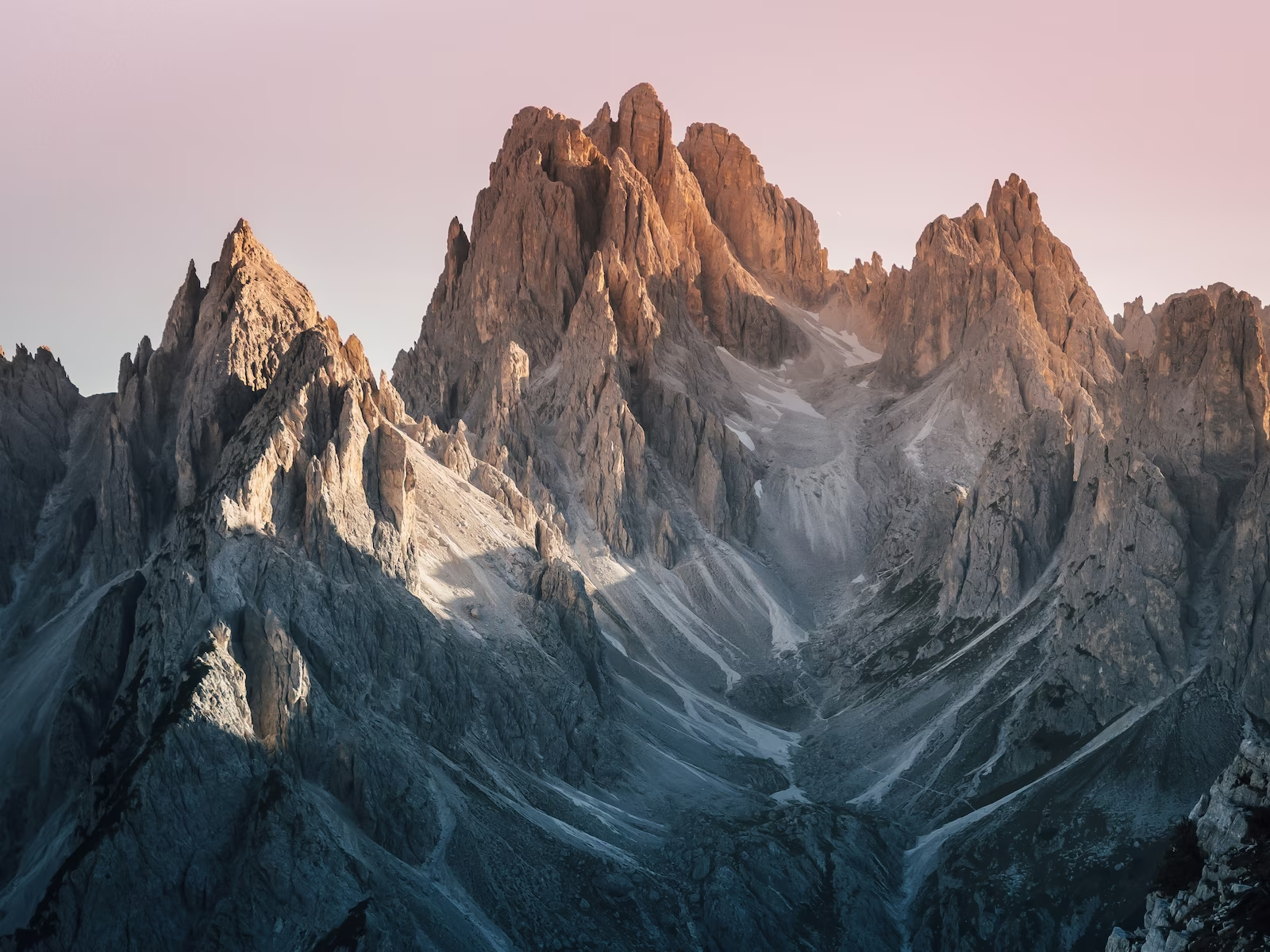


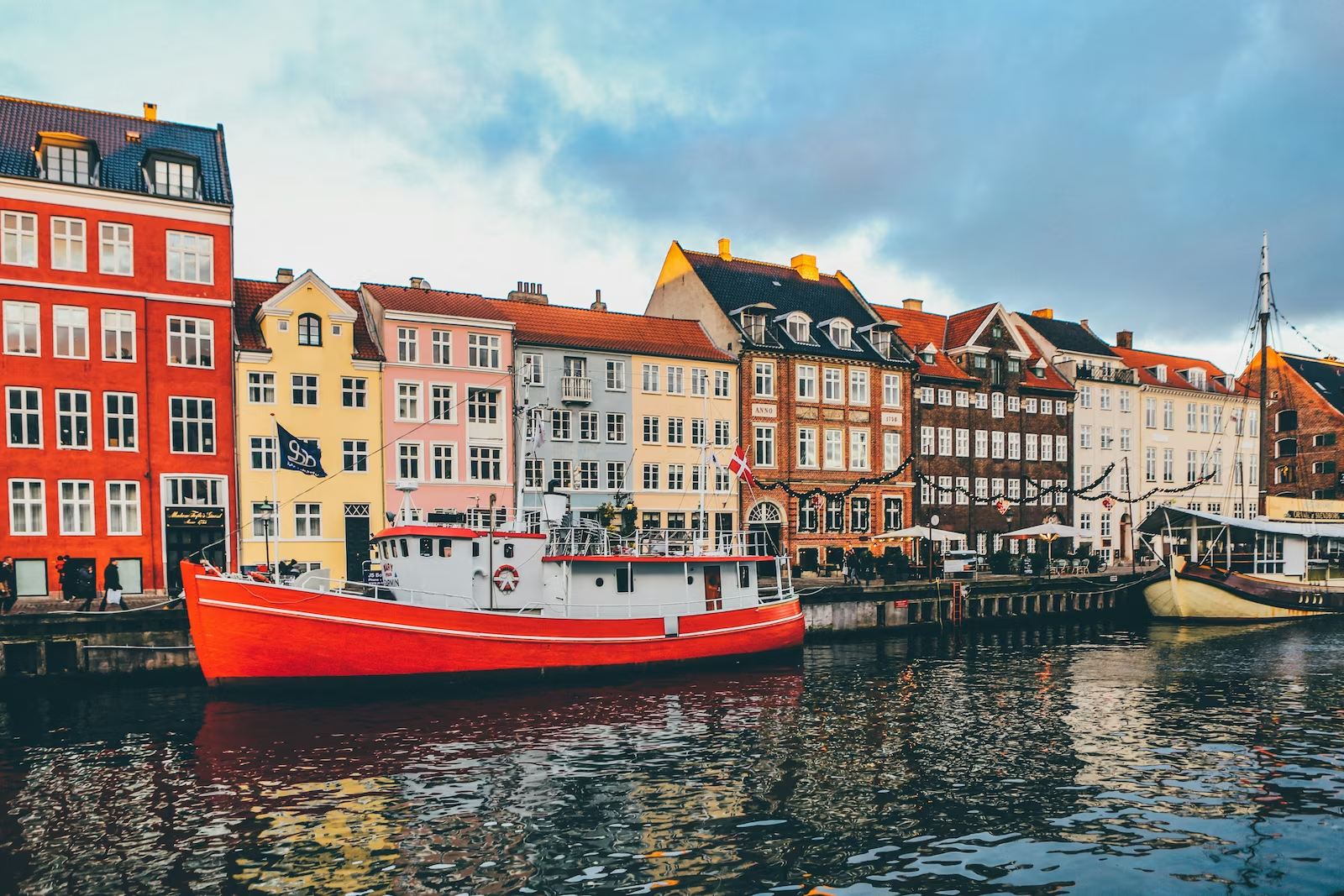
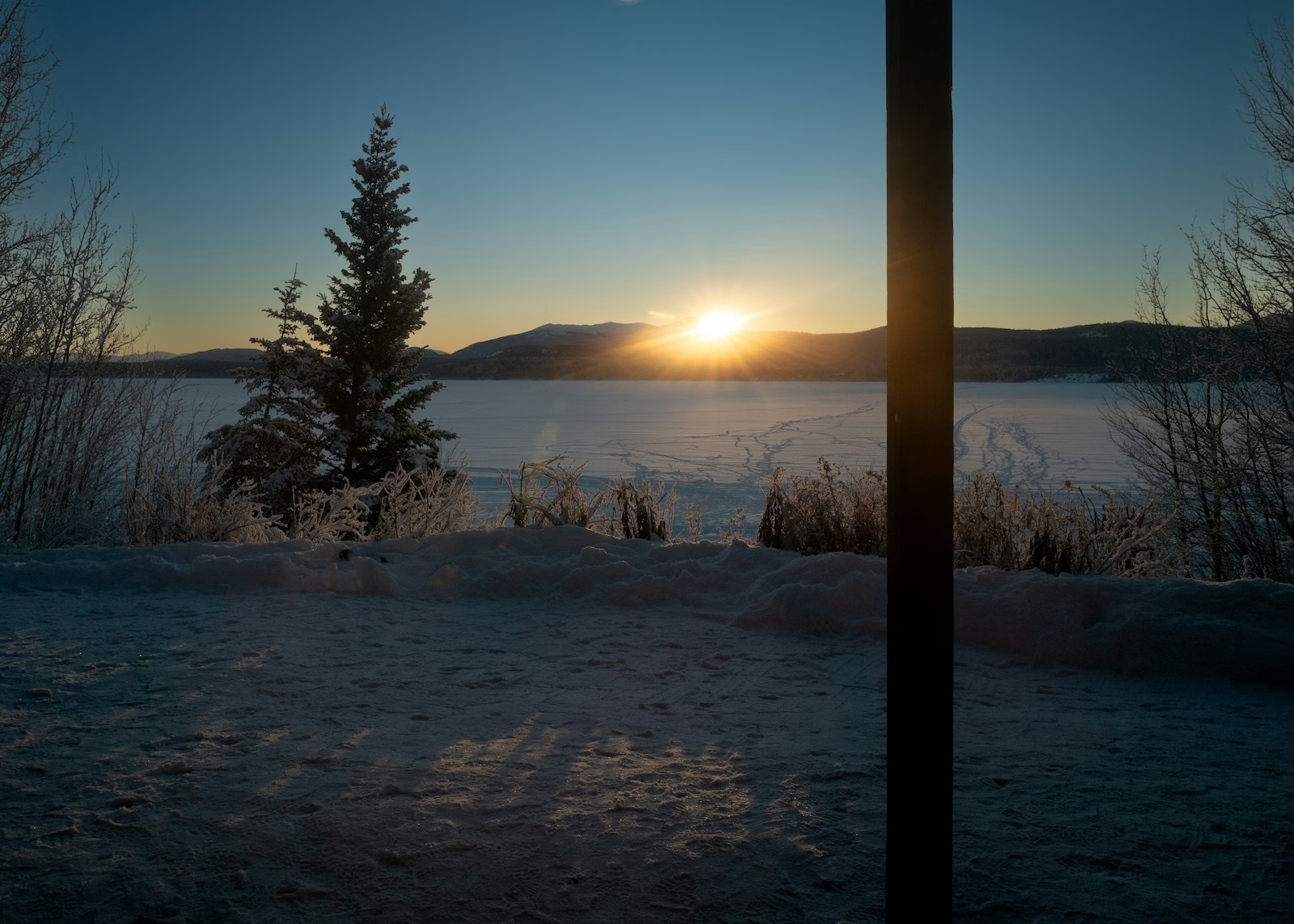
.avif)